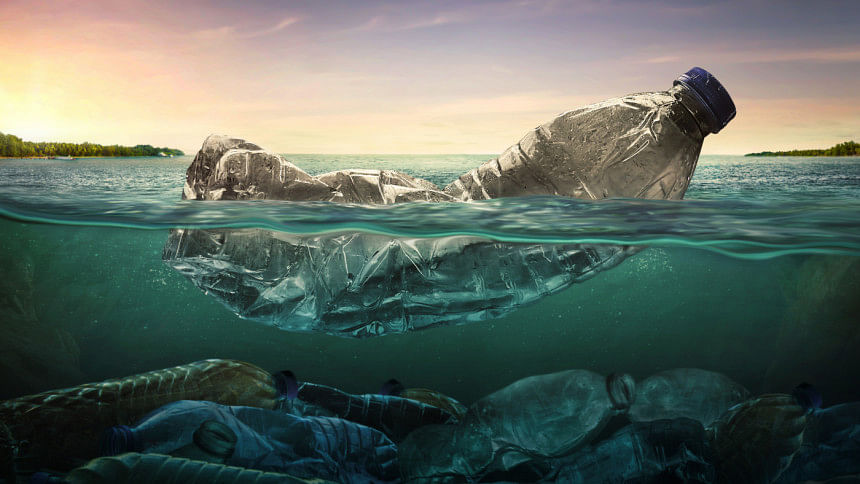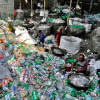A step-by-step guide on exactly how plastic destroys the environment

Plastic, once hailed as a remarkable innovation, has become an environmental nightmare. Its pervasive use and improper disposal have led to severe consequences for ecosystems worldwide. For a better understanding of how it works, here's a step-by-step process by which plastic damages the environment, providing data and statistics that illustrate the magnitude of this issue.
Extraction and production
The first step in the life cycle of plastic begins with the extraction of fossil fuels, primarily crude oil and natural gas. These non-renewable resources are processed to obtain the raw materials necessary for plastic production, such as ethylene and propylene. The extraction process contributes to air and water pollution, and its associated greenhouse gas emissions exacerbate climate change.
According to the Center for International Environmental Law, approximately 99% of plastics are derived from fossil fuels. In 2020 alone, the global plastics industry released 1.8 billion metric tons of CO2 equivalents, equivalent to the emissions of 380 coal-fired power plants.
Manufacturing and packaging
Once the raw materials are obtained, they undergo a series of chemical processes to produce plastic polymers. Additives such as plasticizers, colorants, and stabilizers are mixed in to enhance specific properties. The manufacturing phase consumes vast amounts of energy and water, leading to increased carbon emissions and water scarcity.
Plastic packaging, a major application of plastic, has seen exponential growth over the years. According to the Ellen MacArthur Foundation, the production of plastic packaging alone accounted for 146 million metric tons in 2020, representing approximately 28% of all plastic waste generated globally.
Consumption and disposal
The widespread consumption of plastic products, ranging from single-use items to durable goods, significantly contributes to environmental degradation. Single-use plastics, in particular, have become ubiquitous, with items like plastic bags, straws, and bottles being discarded after a single use.
The problem lies in the improper disposal of plastic waste. A considerable portion of plastic ends up in landfills, where it takes hundreds of years to decompose. Additionally, a substantial amount of plastic waste finds its way into water bodies through inadequate waste management systems, contributing to the ever-growing issue of marine plastic pollution.
Environmental impacts
The environmental impacts of plastic are far-reaching and devastating:
Marine ecosystems
The oceans have become a dumping ground for plastic waste, endangering marine life. Statistics from the United Nations Environment Programme (UNEP) reveal that over 8 million metric tons of plastic enter the oceans each year. This plastic pollution poses a significant threat to marine animals, as they often mistake plastic for food or become entangled in it.
Land and soil pollution
Plastic waste contaminates soil, leaching harmful chemicals that can harm plant and animal life. In addition, plastic pollution hampers soil fertility, affecting agricultural productivity and ecosystem health.
Air pollution
The incineration of plastic waste releases toxic pollutants into the atmosphere, contributing to air pollution and further exacerbating respiratory diseases.
Longevity and microplastics
One of the most alarming aspects of plastic pollution is its longevity. Plastic takes hundreds of years to degrade, and even then, it breaks down into smaller fragments called microplastics. Microplastics are less than 5 millimeters in size and are now pervasive in the environment, from the depths of the oceans to the air we breathe. These tiny particles are ingested by organisms throughout the food chain, potentially posing risks to human health.

 For all latest news, follow The Daily Star's Google News channel.
For all latest news, follow The Daily Star's Google News channel. 








Comments